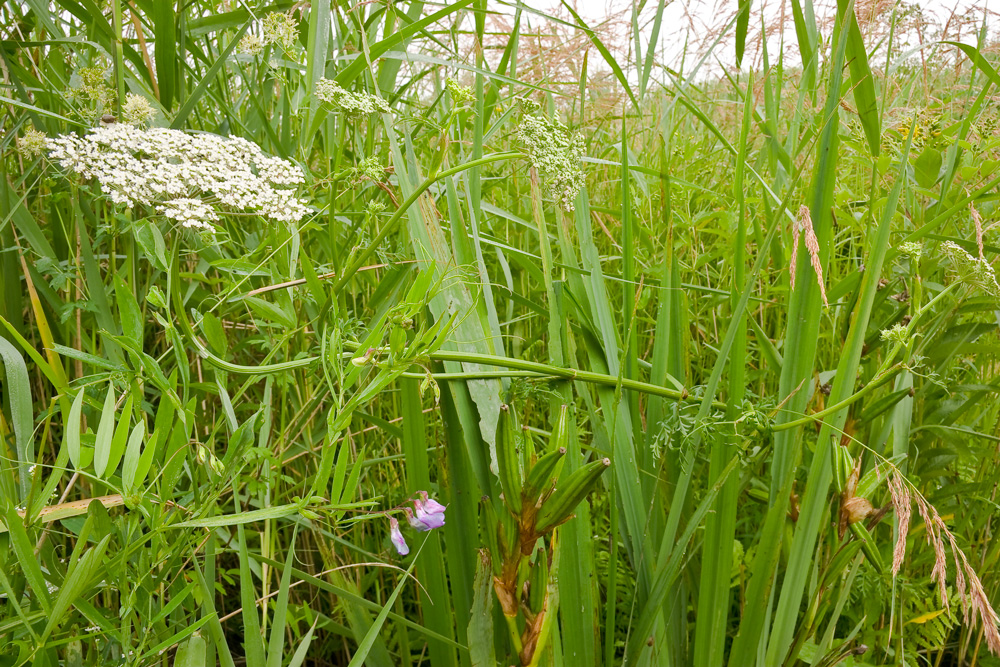Description
The milk part of Milk parsley refers to the white sap found in the stem of this hairless biennial member of the carrot family whilst the parsley part relates to the 2-4 pinnate leaves with their blunt tipped, deeply divided leaflet which are said to resemble those of parsley.
Milk parsley is practically limited to the Norfolk and Suffolk broads where it is only likely to be confused with members of the Water-dropwort family, however in these species the umbel is composed of a number of ‘clumps’ of flowers whilst in Milk parsley the flowers are more evenly distributed across the umbel. Flowering occurs from July to September. NB Until recently this species was know by the old botanical name of Peucedanum palustre.
Habitat Information
Milk parsley is famously the larval food plant of the British race of the swallowtail butterfly. In the wild it grows in permanently damp peat, particularly on sites that flood in winter. It is most at home in tall herb fen both managed and unmanaged. It can even persist for some time in sites that have developed into fen scrub and alder-carr but it is intolerant of grazing and is rarely found in marshes and damp pasture.
As a sown plant it grows readily at the margins of ponds and lakes where the vegetation is allowed to grow tall but is occasionally cut back (every second year or so) in the autumn.
Growing Information
The seed is best sown in the autumn.


